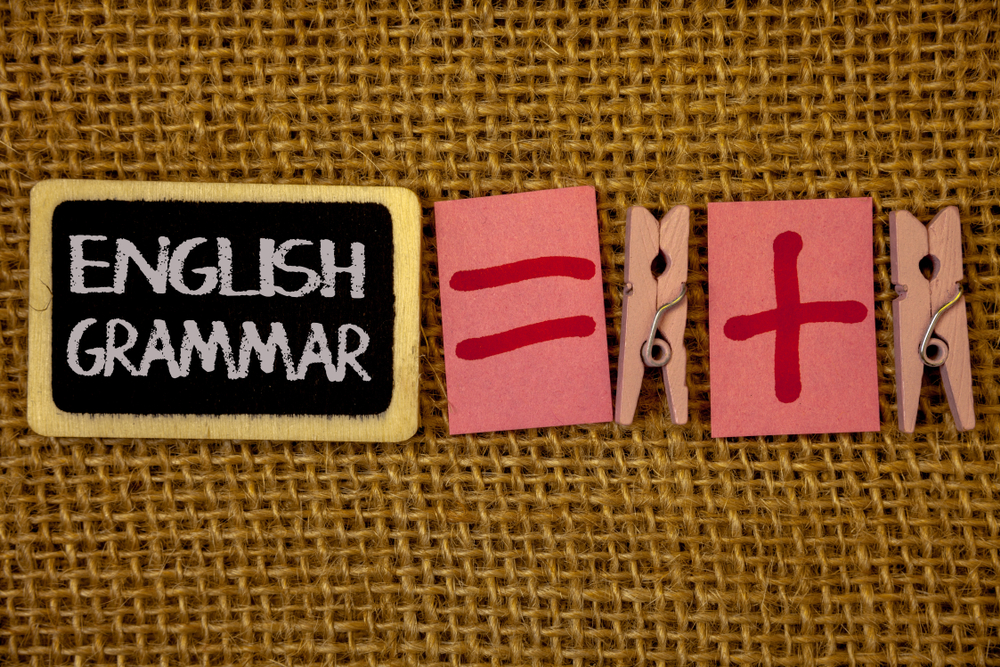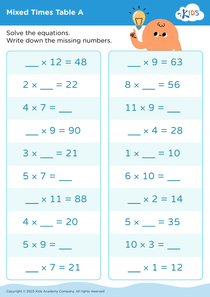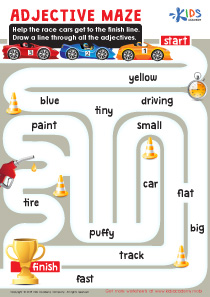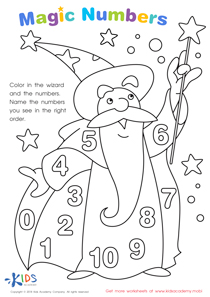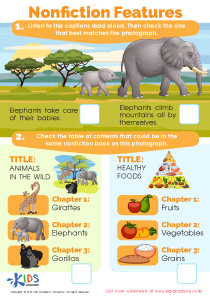Comparing Fractions Extra Challenge Worksheets for Ages 6-7
5 filtered results
-
From - To
Comparing Fractions Extra Challenge Worksheets for Ages 6-7 are designed to engage young learners in mastering fraction skills. These printable worksheets offer an advanced practice arena, helping kids to compare and understand fractions in a fun, interactive way. Ideal for reinforcing concepts learned in the classroom, the worksheets provide a variety of tasks that require critical thinking and problem-solving, aiding in cognitive development. Perfect for homeschooling or supplementary education, these challenges ensure your child grasps the fundamentals of fractions while staying engaged and motivated. Elevate your child's math skills with these specially curated fraction worksheets!
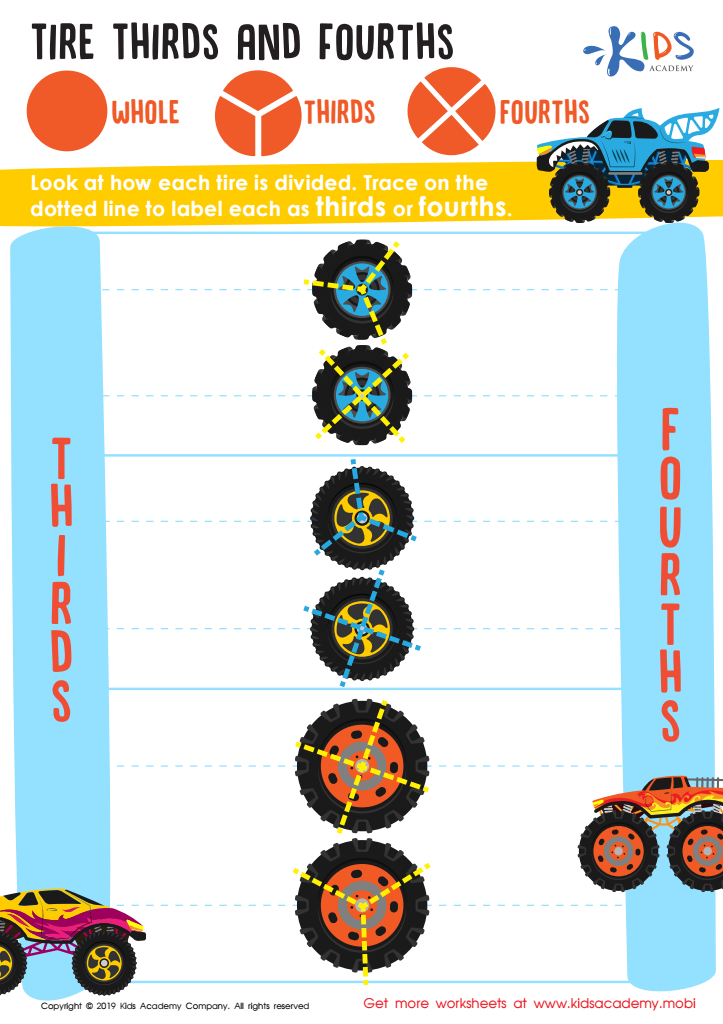

Tire Thirds and Fourths Worksheet
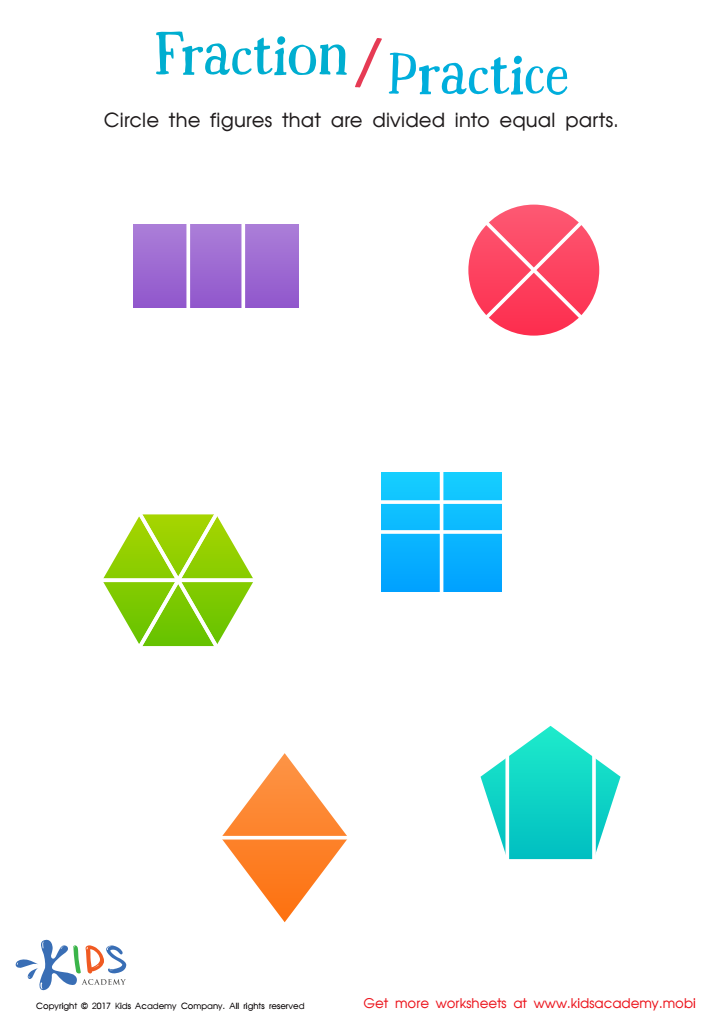

Fractions: Shapes Worksheet
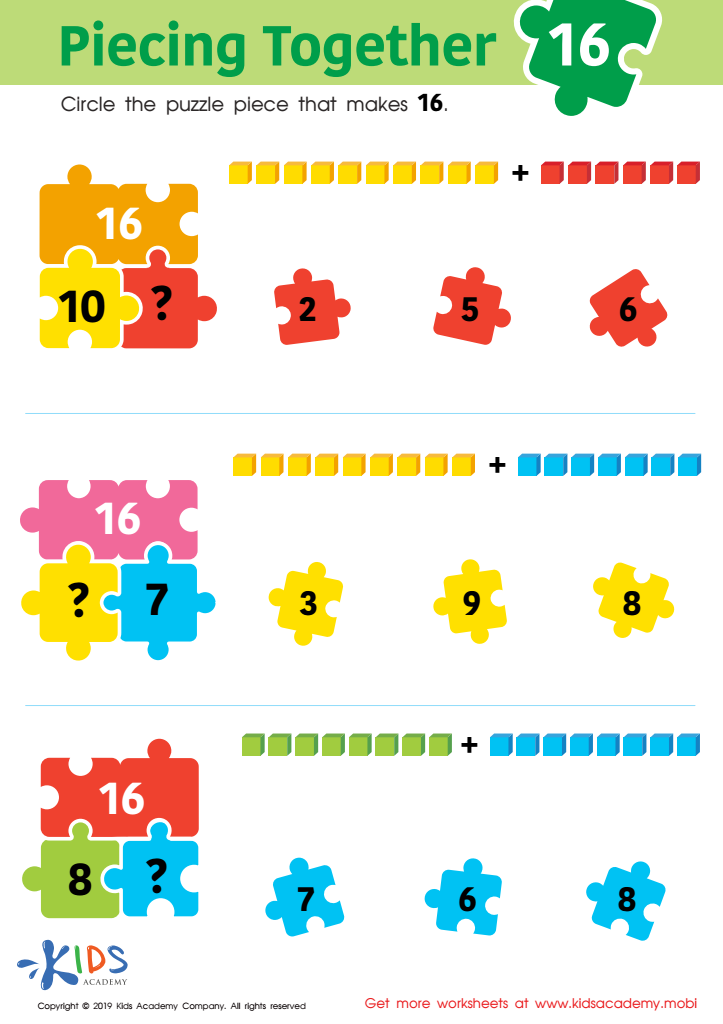

Piecing Together 16 Worksheet
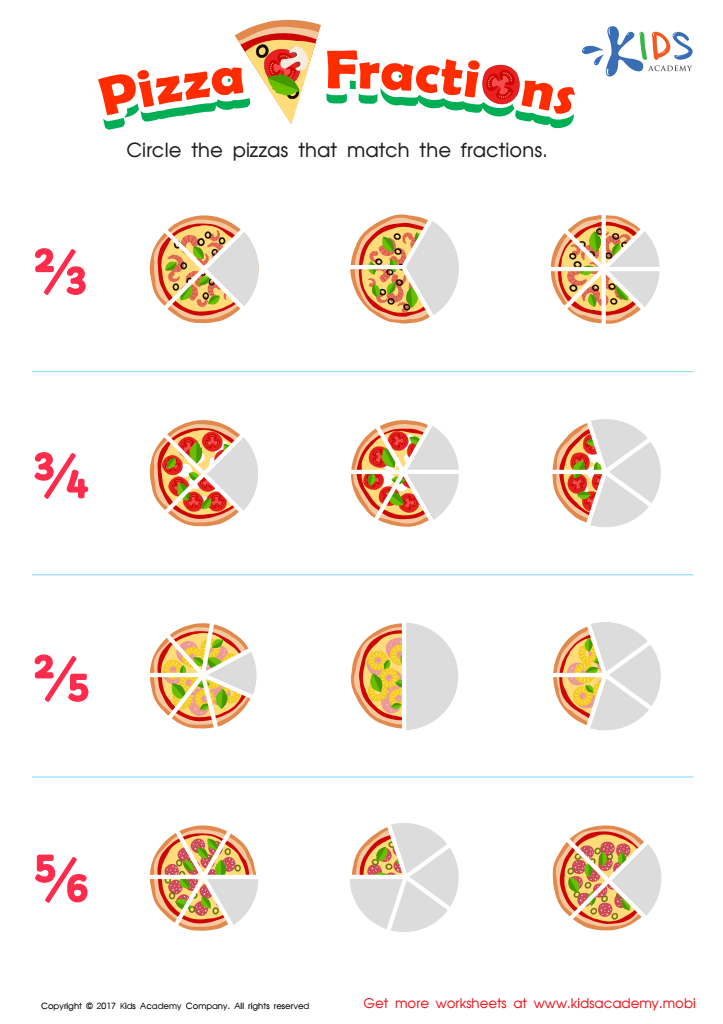

Fractions: Pizza Printable
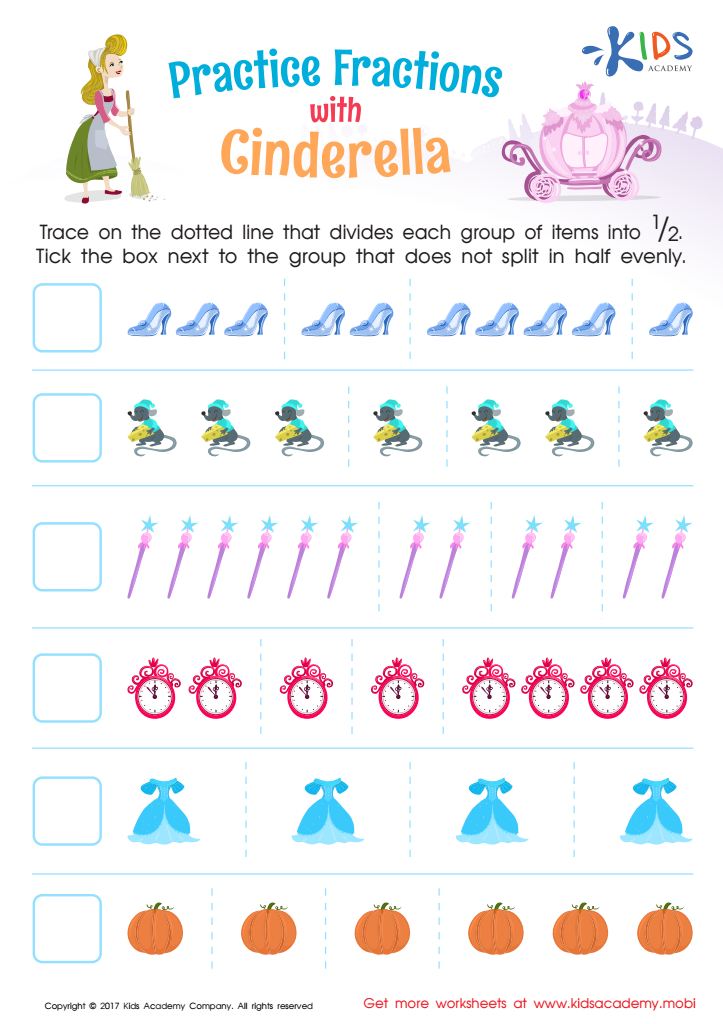

Fractions: Cinderella Printable
Comparing fractions is a fundamental math skill that plays a crucial role in a child's overall understanding of mathematics. Introducing an extra challenge focused on this concept for ages 6-7 is essential for several reasons.
Firstly, children's cognitive development at this stage is highly adaptable, and presenting them with challenges beyond the basics encourages critical thinking and problem-solving skills. By comparing fractions, kids learn to recognize equivalent fractions, understand the magnitude of different fractions, and develop a keen sense of numeracy, aiding in more complex mathematical concepts later on.
Parents and teachers should care because these activities promote a deeper conceptual understanding. Instead of rote memorization, children engage hands-on with fractions, using visual aids like fraction bars, pie charts, or interactive apps. This exploratory learning encourages excitement and curiosity in math, making it less intimidating and more enjoyable.
Furthermore, such challenges enhance fine motor skills and improve hand-eye coordination, qualities particularly important for young children still honing their writing abilities. Early exposure to these skills also aligns with academic standards, ensuring children meet or exceed grade-level expectations.
Ultimately, an extra challenge in comparing fractions supports the foundational math skills essential for academic success. By fostering these abilities early on, parents and teachers set children on a path of confident mathematical exploration and problem-solving transition as they grow up.
 Assign to My Students
Assign to My Students





